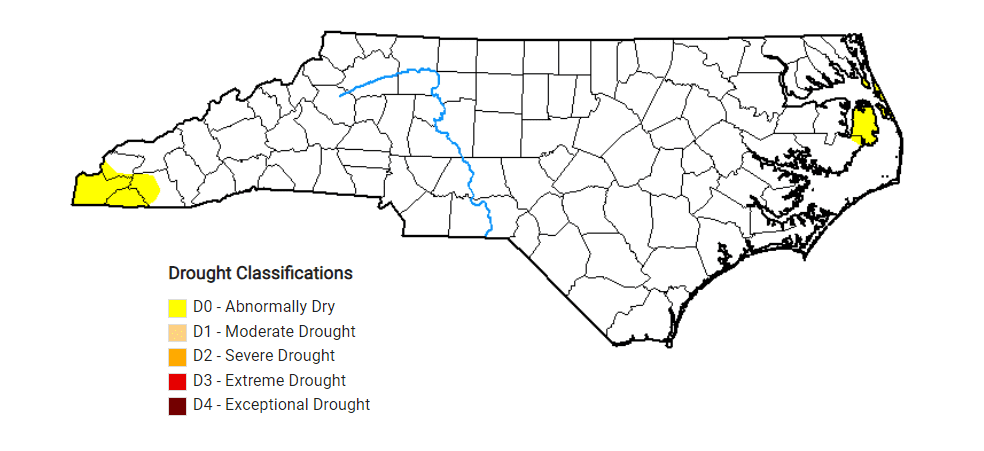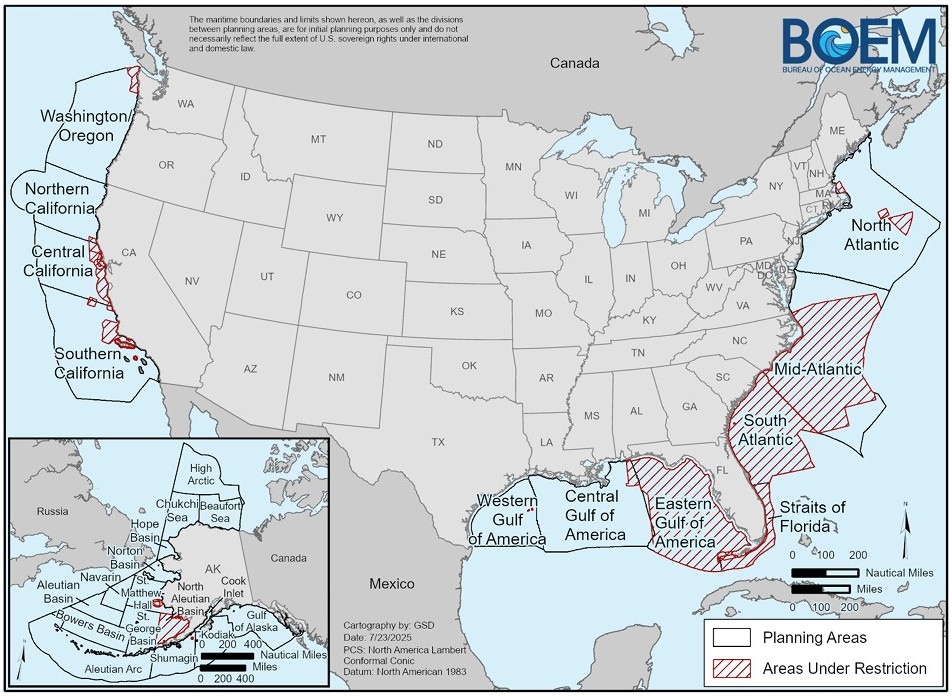
For the first time in nearly six months, all 100 North Carolina counties are drought-free.
While the vast majority of coastal counties are in the black, one remains “abnormally dry” along with handful of western counties, according to the Drought Management Advisory Council.
Supporter Spotlight
Those include: Dare, Cherokee, Clay, Graham and Macon counties.
And Council Chair Klaus Albertin warns that eastern counties are potentially at the threshold of slipping back into drought status.
“The western tip keeps improving, but in eastern North Carolina, we’ve seen the Albemarle Sound slowly getting worse,” Albertin stated. “The whole coastal plain has missed out on many of these big rain events, so we are keeping a close eye on that area.”
El Niño, a climate pattern that typically brings cool, wet weather, resulted in heavier storms from the west. But Albertin said in a release that that pattern isn’t expected to stick around.
“We are starting to see dry conditions creep into eastern North Carolina,” he said.
Supporter Spotlight
The state as a whole has not been free of drought since Aug. 8, 2023.
According to the State Climate Office, the state experienced drought 24 weeks in a row with the most severe impacts being felt in western North Carolina.
“We had a number of systems going into voluntary water conservation, elevated wildfire risk linked to the dry conditions, and impacts to wildlife habitat from low water levels,” Albertin said.
Each Thursday, the council updates its drought map.
The council consists of drought experts who meet weekly from various government agencies in North Carolina, Virginia and South Carolina.
The council is organized by the North Carolina Department of Environmental Quality’s Division of Water Resources. It submits drought condition recommendations to the National Oceanic and Atmospheric Administration, U.S. Department of Agriculture and the National Drought Mitigation Center.
A map of U.S. drought conditions is available at http://droughtmonitor.unl.edu/.








